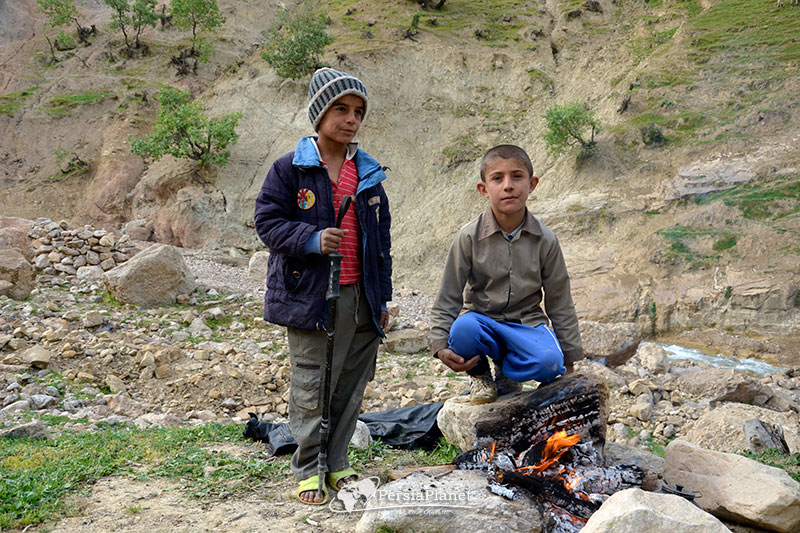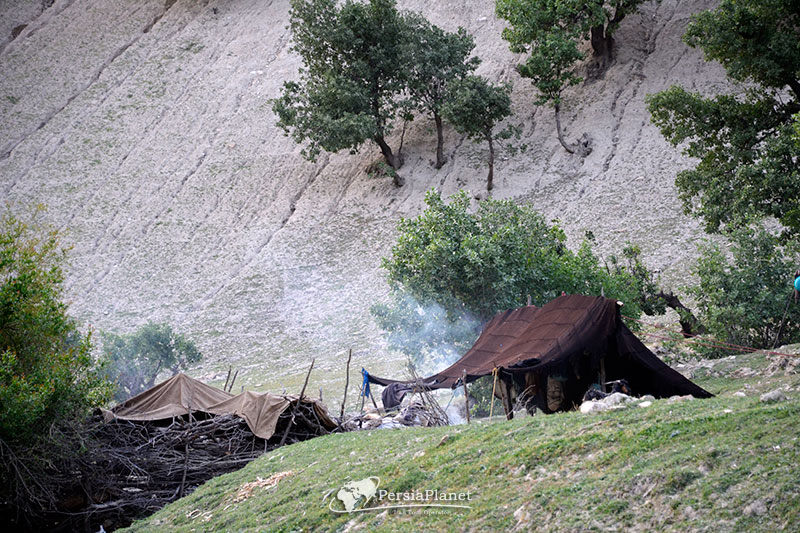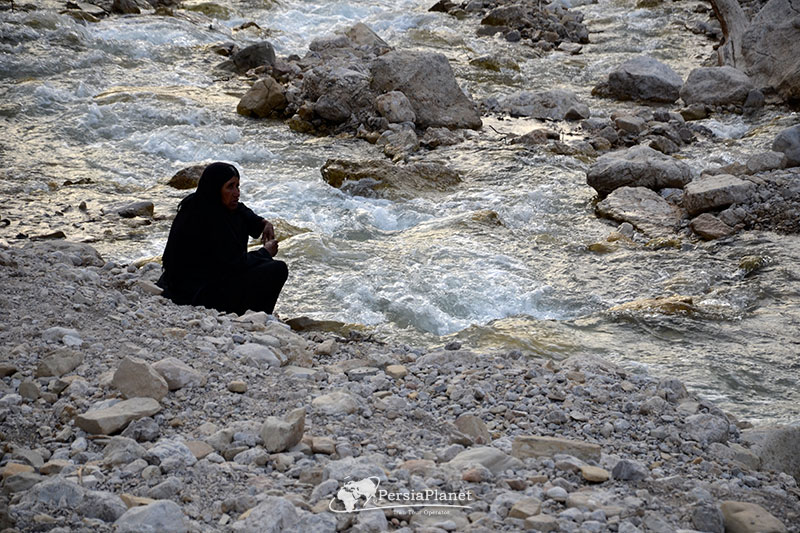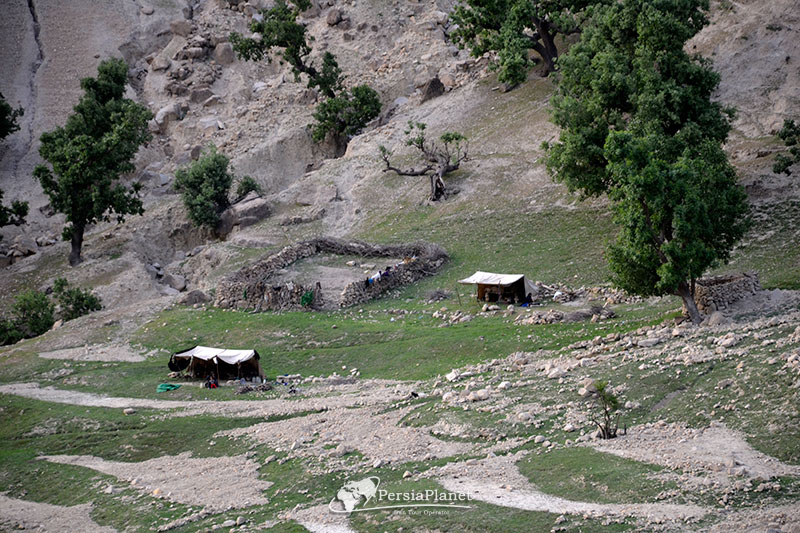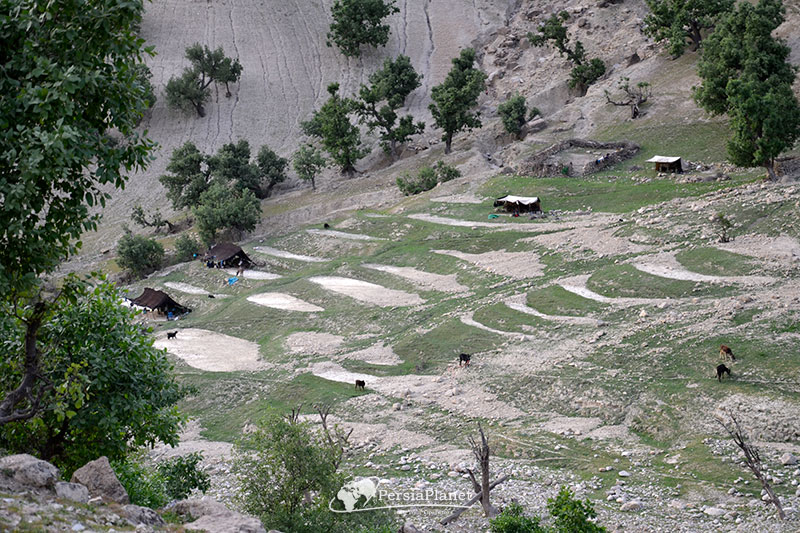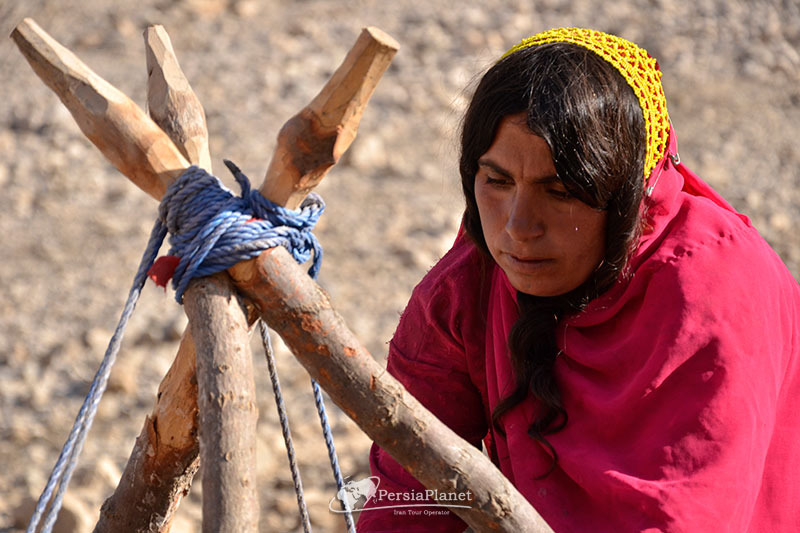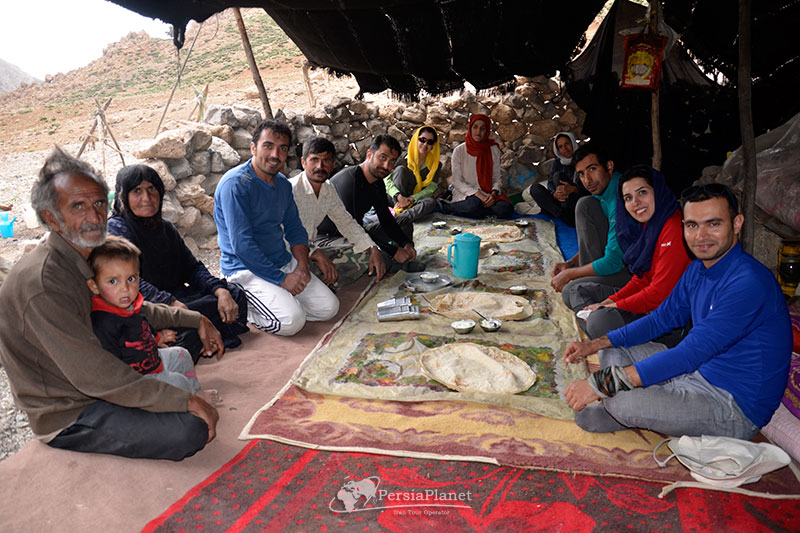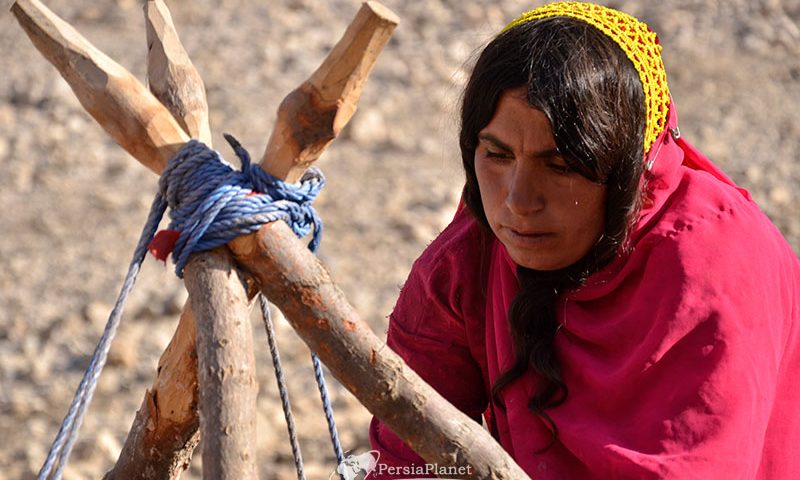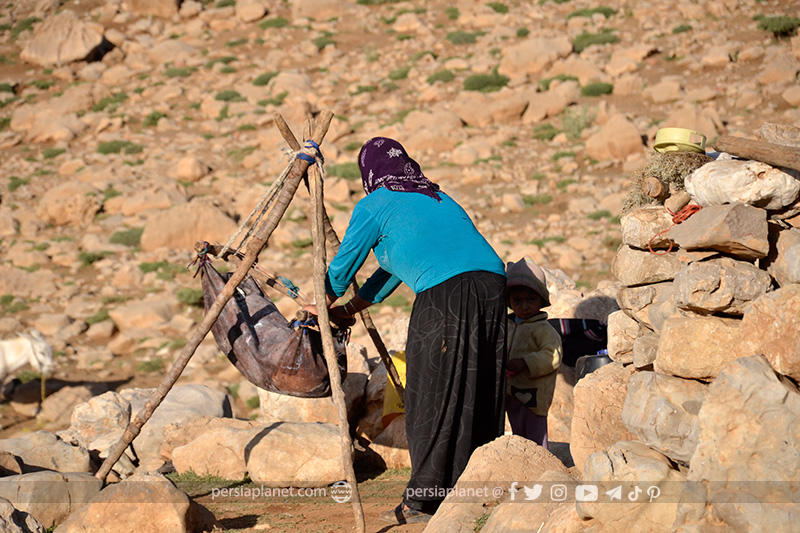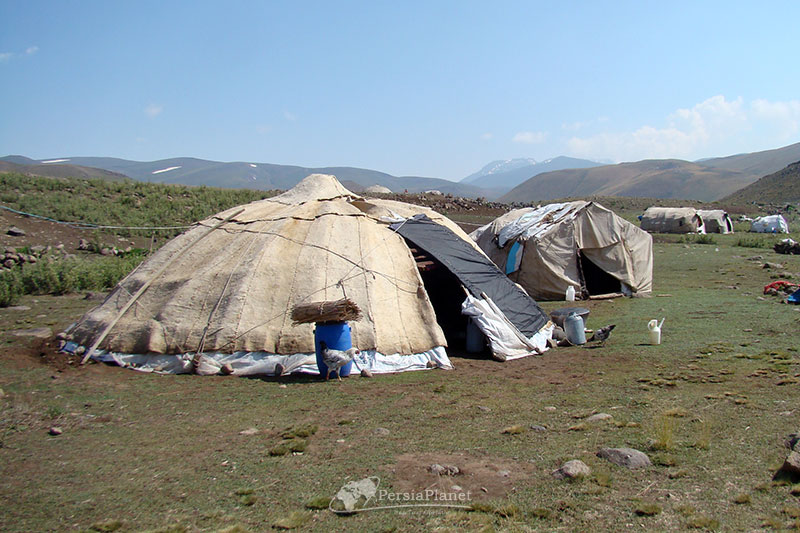Bakhtiari Nomads, Bakhtiary

Raghez Canyon, Tang-e Reghez, Raghaz, Raghz
July 17, 2021
Haj Agha Ali House, Rafsanjan
July 29, 2021Bakhtiaris are one of the first inhabitants of Iran and settled in southwestern Iran. Natural resources and facilities such as water, forests, pastures, good rainfall, abundant catchments and valleys suitable for agriculture had made this land one of the best habitats and gathering places for human groups in the past. In addition, in the highlands of the Zagros and its slopes, a suitable environment was provided for the growth of forage and the life of different species of animals.
History of Bakhtiari nomads
The settlement of the Bakhtiari people was called Lorestan before the Safavids, but after that the settlement of this tribe was named Bakhtiari region. Today, the Bakhtiari people live in the provinces of Chaharmahal and Bakhtiari, Khuzestan, Isfahan, Lorestan, Kohgilubeh and Boyer-Ahmad. Chaharmahal and Bakhtiari includes four places Lar, Kiar, Mizdaj and Gandman in addition to Bakhtiari lands.
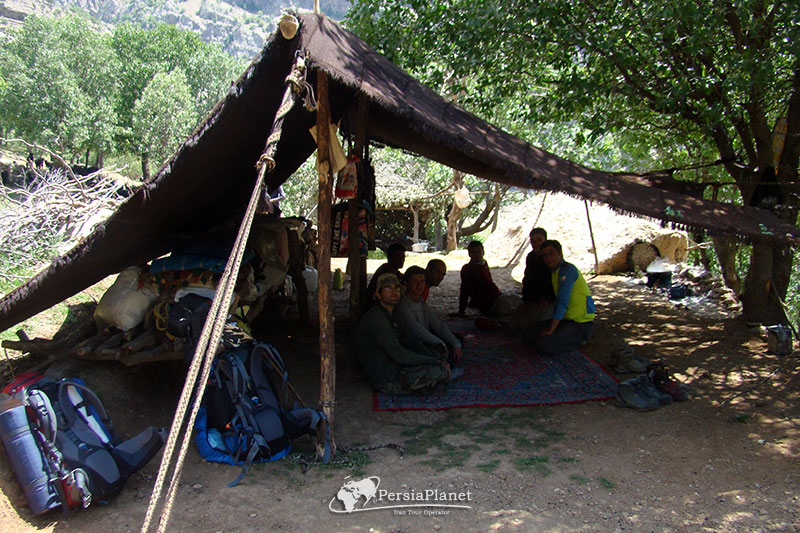
Migration of Bakhtiari nomads
The annual migration of the Bakhtiari people is one of the most interesting and complex examples among the nomadic tribes around the world. Because the Bakhtiaris have to cross heights of more than 3,000 meters during the migration. They also have to be very careful when migrating so that they do not suffer from premature snow, mountain river floods and lack of pastures along the way.
Although in the first decades of the present century, large groups of Bakhtiari tribes, like other tribes and nomads of Iran, became homogenous, but still part of the tribe is nomadic. Bakhtiari nomads spend the winter in the plains of eastern Khuzestan and the summer in the western parts of the Chaharmahal and Bakhtiari region.
Every year since the end of May, they are scattered in different areas of the Zagros slopes by passing through rivers, valleys and passing the Zard Kuh (yellow mountain) heights in certain areas along with tireless struggles with the hardships of nature and staying in this area for about 4 months and grazing in green pastures.
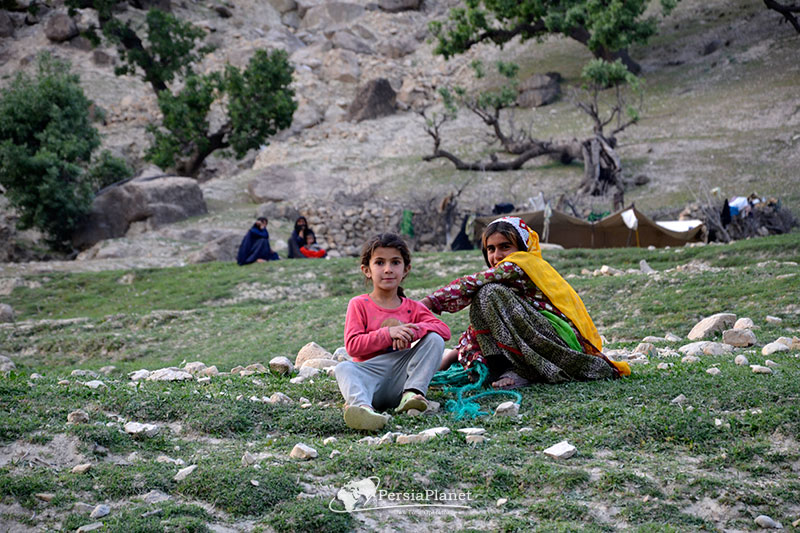
Social organization of Bakhtiari tribe
The Bakhtiari tribe consists of two branches, Chahar-lang and Haft-lang. Chahar-lang is divided into 5 chapters and Haft-lang into 4 chapters. Each chapter also consists of several Tayefeh. These divisions, called the organizational chart of the Bakhtiari tribe, date back to the sixteenth century and are organized based on the special class and tax system of the Bakhtiari tribes.
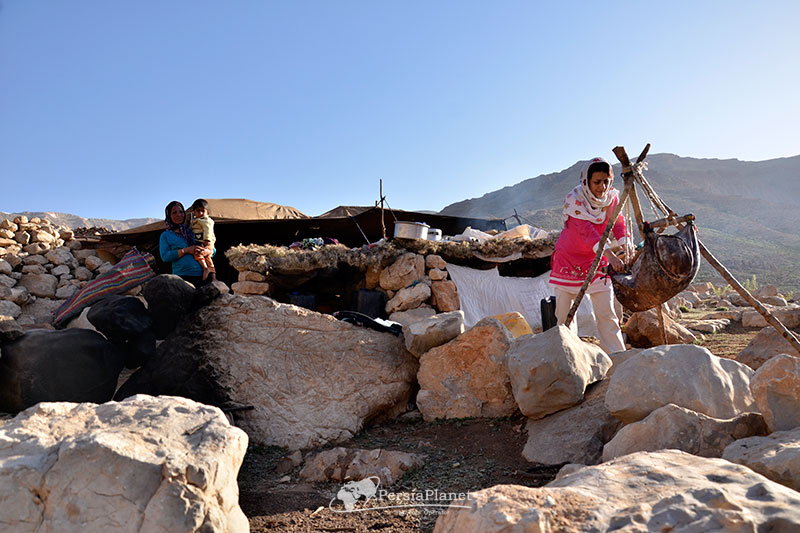
Anthropology of Bakhtiari
According to genetic studies, the Bakhtiaris have the most genetic similarities with other Lors among Iranian and non-Iranian tribes. Bakhtiari people speak Bakhtiari dialect which is one of the dialects of Lori language. This dialect has slight differences with other branches of Lori language, including Lori Khorramabadi and Lori Boyerahmadi. The word Bakhtiari, alone, means happy, and perhaps some of the chiefs of the tribes were known by this name, which was probably later known by all the members of the tribe.
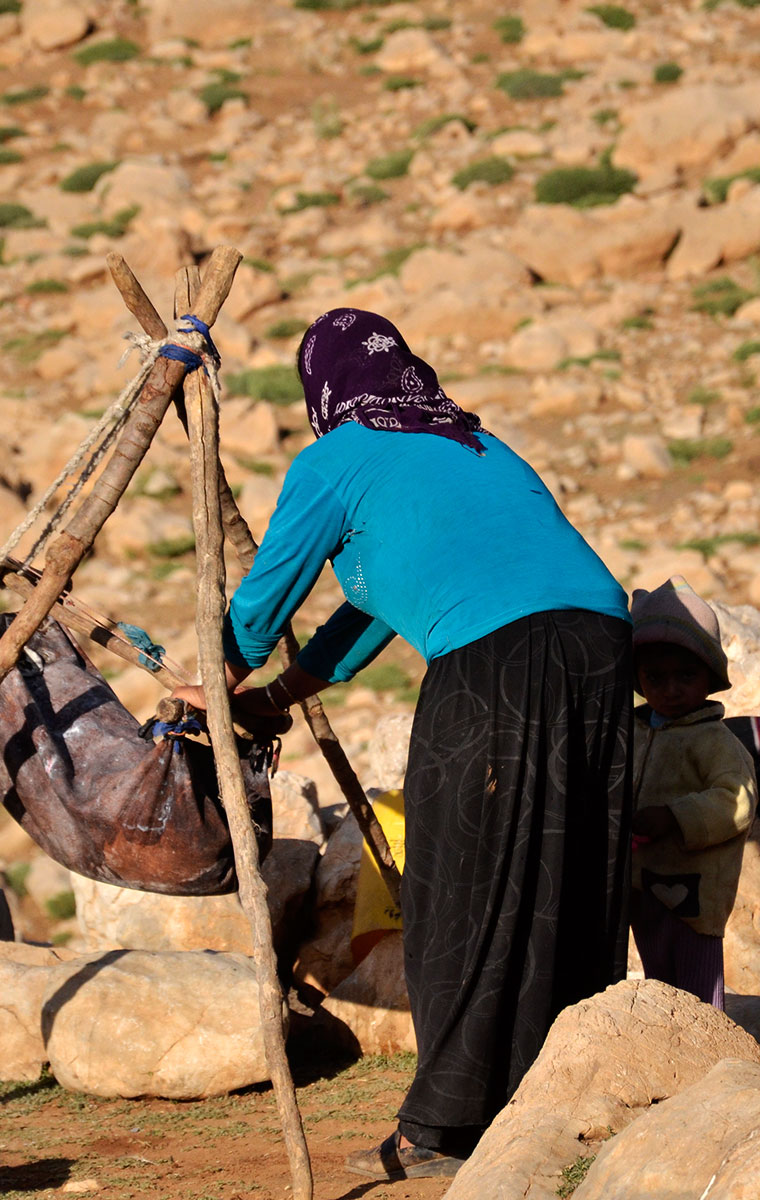
Bakhtiari traditional dress
The clothing of the Bakhtiari people has a special variety and beauty. Bakhtiari women wear a hat called Lachak, a silk scarf called a mina, a vest over a tunic, plain trousers, and a Giwa. The color of Bakhtiari women’s clothing is inspired by nature and the use of light colors is common among young women and girls.
Bakhtiari men’s clothing is one of the most original types of clothing, which dates back to ancient Iran. This ancient garment consists of four parts: the cap, which is a felt hat, the Chogha, which is like a cob overcoat, the Debit pants, and the footwear, which is the Giwa.
Bakhtiari nomadic migration routes
Nomads are looking for the best and most suitable place to the needs of livestock in every season of the year. Places with more forage and water. Bakhtiari nomads in the alleys of summer and winter, have to cross the five main roads, which are: Taraz, Hezar-Cham, Kuh-Sefid, Do-Ab and Dezpart. The Bakhtiari nomadic route passes through the impassable and steep heights of the Zagros Mountains and the rivers full of water at different tributaries of the Karun River and is one of the most rugged nomadic roads in the country. Nomadic migration is in fact an example of a difficult life to provide food.
Bakhtiari nomadic tent
Bakhtiari nomads live in black tents. black tents are woven by nomadic women using goat hair. Because goat hair does not pass water when it is raining and is cheap and available. Bakhtiari nomads have to live a simple and portable life due to numerous migrations.
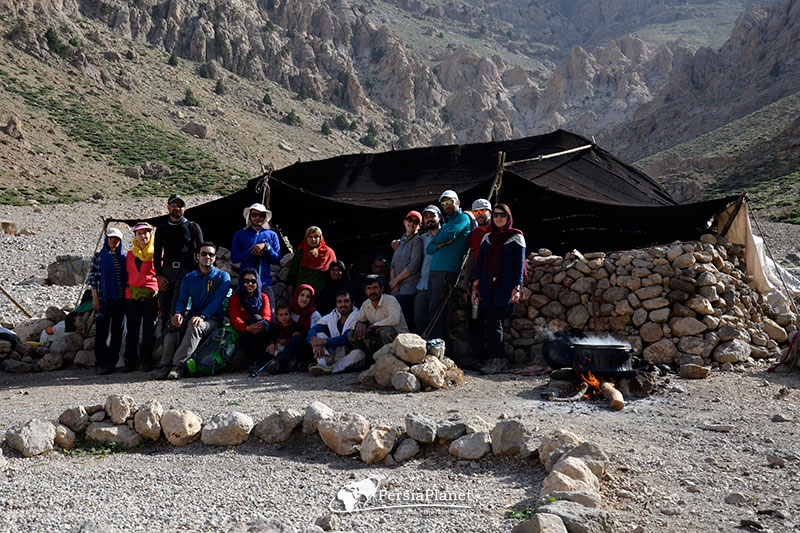
Bakhtiari nomad’s food
Bakhtiari nomadic foods include simple, delicious and at the same time that I suggest you try if you are with them and their guests. Since the Bakhtiari nomadic tribes are mostly engaged in animal husbandry, their food is full of meat. Among the most famous dishes of Bakhtiari tribe can be Bakhtiari kebab, kebab peh be jir, avariz, rice soup, arduleh bosour, o kashk (kal joosh), barshtuk, tocheri, milk rice, gomaneh, otftaleh, ogandi, tepileh, O Sarupa (by-products), O Dal, Sholva Kashk, Kome, Sholova Doo, Sholova Totem, O Tarshi, Ash Belg, Suri rice ash, O Gadeh (syrabi) Ogundi (lentil), O onion (Ashkeneh) and Halva pointed out.
A variety of dairy products such as yogurt, butter, cheese, skin cheese, buttermilk, curd, tuff and beef are among the dairy foods of these people. Bakhtiari nomadic bread is also baked in three types: wheat bread, barley bread and oak bread.
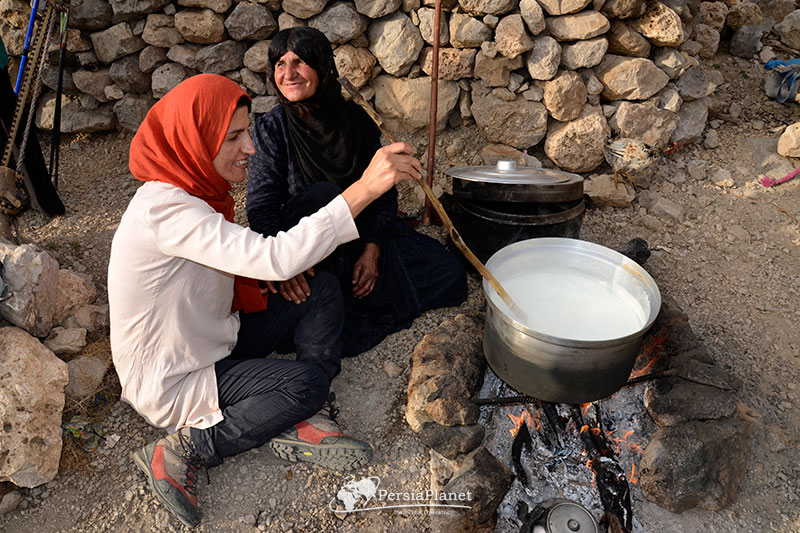
Mehdi Gholami.

